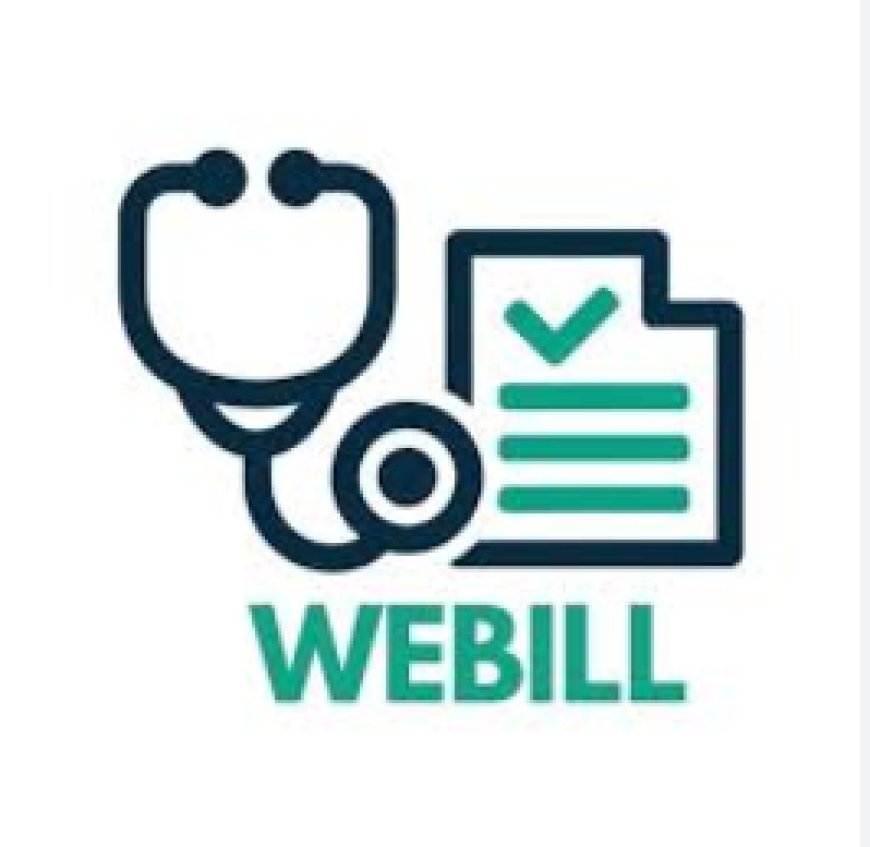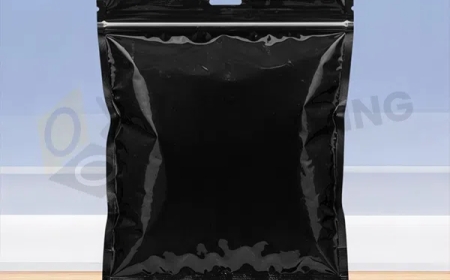When to Use It and When Not To – Webill’s Best Practices
When to Use It and When Not To – Webill’s Best Practices. Get expert medical billing services and revenue cycle management solutions in the USA.

Accurate medical coding is critical to clean claims, timely reimbursements, and audit protection. Among the most commonly misunderstood and misused modifiers is Modifier 59, used to indicate distinct procedural services. While it can help secure proper payment when applied correctly, misuse of Modifier 59 can lead to denials, payer audits, and compliance risk.
At Webill, we specialize in helping healthcare organizationsespecially home health and outpatient providersnavigate complex billing rules with accuracy and confidence. Here, we break down when to use Modifier 59, when to avoid it, and our best practices for compliant, clean billing.
What Is Modifier 59?
Modifier 59 is defined by CMS as a way to physical therapy billing denials indicate that two or more procedures performed on the same day were distinct and independent from each other.
It is used to override National Correct Coding Initiative (NCCI) edits when:
-
Procedures are performed on different anatomical sites
-
Services are rendered during different sessions
-
A separate injury or area of treatment exists
-
The same procedure is repeated under a different context or condition
In short, Modifier 59 is used when the services would typically be bundled, but are medically justified as separate and billable.
When to Use Modifier 59
1. Different Body Areas
When two related procedures are performed, but on different anatomical sites, Modifier 59 may be appropriate.
Example:
Debridement of a leg wound (CPT 11042) and a separate debridement on the arm during the same session.
2. Separate Encounters
If the procedures happen at distinct times during the same day, Modifier 59 may be used.
Example:
A patient receives therapy in the morning and a different treatment later the same day due to a new symptom or condition.
3. Independent Services
When diagnostic or therapeutic services are clearly separate and meet full documentation requirements.
Example:
An EKG is performed before a procedure, not as part of it, but due to a separate clinical concern.
4. To Override NCCI Edits
When two CPT codes have an NCCI conflict, but medical necessity and documentation support their separation, Modifier 59 is needed to process both for reimbursement.
When Not to Use Modifier 59
1. To Unbundle Normally Inclusive Services
Modifier 59 should never be used simply to bypass bundling rules or maximize reimbursement. If two services are usually billed together, and no medical justification exists to separate them, Modifier 59 should not be applied.
2. Lack of Documentation
If the provider's documentation does not clearly support separate procedures, even if they feel justified, do not use Modifier 59. Claims must be audit-ready.
3. Routine Use
Using Modifier 59 as a default flag on certain serviceseven if payers appear to allow itis considered abuse. It must be situationally justified each time.
4. When Another Modifier Is More Specific
CMS has introduced X modifiers (subsets of Modifier 59) to improve specificity:
-
XE Separate encounter
-
XS Separate structure
-
XP Separate practitioner
-
XU Unusual non-overlapping service
Some payers prefer these over 59. Webills software and team monitor payer preferences and automatically guide proper use.
Webills Best Practices for Modifier 59
At Webill, we implement a three-layer approach to ensure Modifier 59 is used correctly:
1. Clinical Context Review
We evaluate every use of Modifier 59 for clinical necessity. Does documentation support a distinct procedure? Are diagnoses clearly tied to each service?
2. NCCI Edit Checks
Our billing system cross-checks claims against the latest Correct Coding Initiative edits and payer-specific rules, reducing inappropriate modifier use.
3. Audit-Ready Documentation
We train providers to include clear, detailed notes that justify distinct procedures, including time, location, body part, and clinical reason. This ensures that if a claim is audited, your documentation supports Modifier 59 use.
The Webill Advantage
Modifier 59 is one of the top reasons for claims denials and audit triggers, but it doesnt have to be. With Webill as your billing partner, you gain:
-
Certified coding experts trained in CMS and commercial payer guidelines
-
Software alerts and rules engines that flag incorrect usage
-
Documentation coaching to keep your providers compliant
-
Higher clean-claim rates and lower denial rates across the board
Conclusion
Modifier 59 is a powerful toolwhen used precisely and sparingly. It can help you receive full reimbursement for the care you deliver, but it can also open the door to denials and compliance concerns if applied incorrectly.
At Webill, we take the guesswork out of modifier usage. With our expertise, technology, and compliance-driven approach, we help ensure your claims are accurate, defensible, and profitable.


































